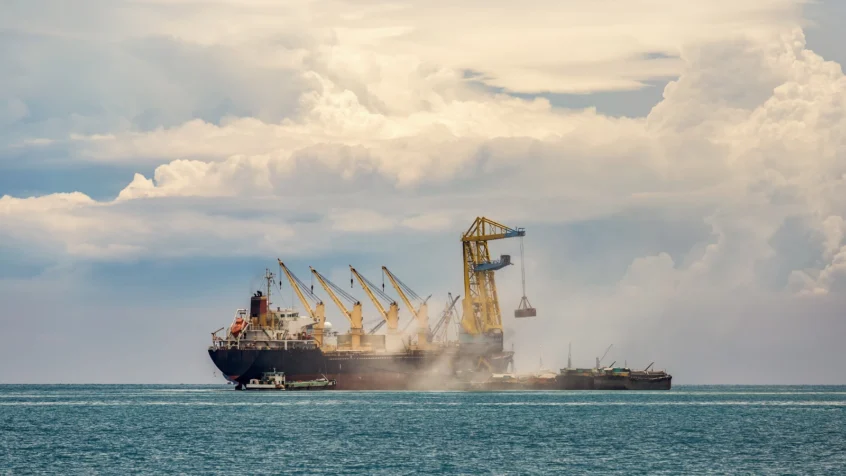The geopolitical landscape of the Red Sea remains turbulent despite the recent release of the Aries crew, signaling ongoing risks for maritime operations. After nearly three weeks in captivity, the crew of the MSC Aries, comprised of nationals from India, the Philippines, Pakistan, Russia, and Estonia, has been freed. The vessel, owned by the prominent Israeli shipping magnate Eyal Ofer of Zodiac Maritime, was forcefully boarded by Iran’s Islamic Revolutionary Guard Corps (IRGC) on April 13.
This incident, widely condemned by the international community, was labeled an “act of piracy” and a “blatant violation of international law” by the US National Security Council. It came in the wake of escalating tensions, notably an Israeli airstrike targeting an IRGC facility in Damascus, which resulted in significant casualties.
Iran’s assertive maneuvers in the Red Sea, including the use of proxies like Hezbollah and the Houthis, have escalated concerns over maritime security. The Iranian foreign minister, Hossein Amirabdollahian, claimed the Aries was “under judicial detention” for allegedly turning off its radar within Iranian territorial waters, thus compromising navigational safety.
In response to these heightened risks, major shipping companies have been adjusting their strategies. German shipping giant Hapag-Lloyd and its competitor Maersk are navigating the troubled waters with heightened caution. Hapag-Lloyd has opted to avoid the Red Sea and Gulf of Aden altogether, citing expanding threats of attacks by Yemen’s Houthi group. “The scope of attacks is expanding… and that is why we completely avoid this region,” stated a Hapag-Lloyd spokesperson.
Similarly, Maersk has reported a concerning shrinkage in container shipping traffic capacity between the Far East and Europe, expected to drop by up to 20% in the second quarter. Since December, Maersk has been rerouting its vessels around the Cape of Good Hope to bypass the volatile Red Sea region. This precaution, though enhancing safety, has led to longer journey times and increased shipping costs.
As per Peter Sand, chief analyst at Xeneta, there has been a notable shift in container ship capacity from the Far East-North Europe lanes to the Far East-Mediterranean trades. By mid-April, capacity on Asia-Med routes had increased by 8% year-over-year, contrasting with a 3.1% decline on Asia-North Europe paths. This shift is evidenced by the rising transshipment volumes at Western Mediterranean ports, with Barcelona reporting a staggering 48% increase in the first quarter alone.
The strategic rerouting of these vessels, while economically burdensome, reflects a necessary adaptation to the unpredictable security landscape. Major carriers, including Maersk, have experienced significant financial impacts, with losses recorded in the first quarter of 2024.
Moreover, the leader of the Houthi militia, Abdul Malik Al-Houthi, has vowed to continue attacks in the Red Sea region until broader geopolitical conflicts involving Israel and the United States are resolved. This promise of further aggression underscores the urgent need for international cooperation and robust security measures to safeguard critical maritime corridors and ensure the safety of crew and cargo alike.
As the situation unfolds, the global shipping industry remains vigilant, adapting to the evolving challenges posed by regional instability and the shifting dynamics of international trade.

